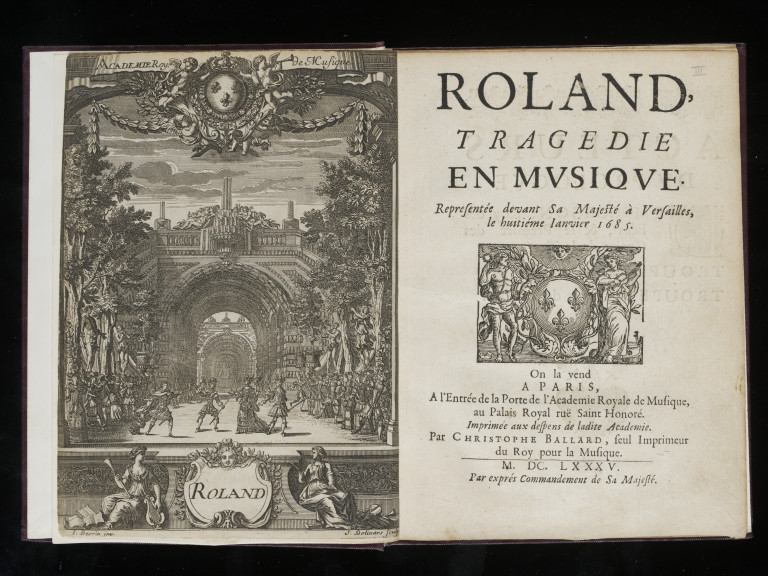Today in 1685 ‘Roland, tragédie en musique’’was first performed by the Académie Royale de Musique before King Louis XIV at Versailles.
This 1685 publication of the libretto to ‘Roland, Tragedy in Music’ will feature in the new Europe Galleries as part of a display looking at musical performance in the 17th century.
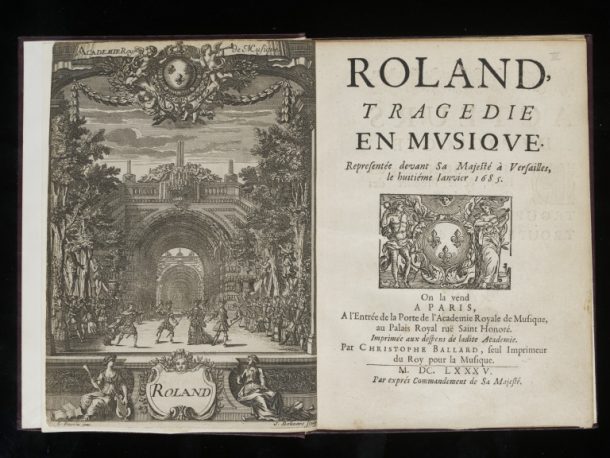
‘Roland’ is one of three operas by the composer Jean-Baptiste Lully and librettist Philippe Quinault (the other two are Amadis and Armide). A libretto is the text used in, or intended for, an extended musical work such as an opera (the word derives from libro, the Italian for book).
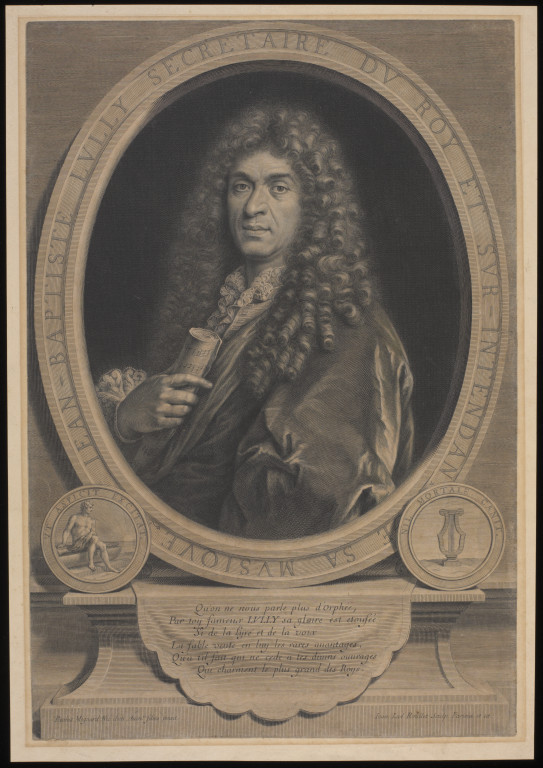
‘Tragédie en musique’ (musical tragedy) became the term used for a genre of French opera introduced by Lully. Operas of this genre are often based on stories from classical mythology or Italian romantic epics. However, unlike the majority of his works, ‘Roland’ was not based on classical mythology, but instead inspired by medieval legends of chivalry. The narrative derives from Ariosto’s epic romance poem Orlando Furioso (the earliest version of which appeared around 1516).
Orlando Furioso has provided inspiration to many in the centuries since its publication. Elsewhere in the Museum’s collections we have a series of twelve Italian plates representing characters from Orlando Furioso, which were published in the second half of the 16th century. In the plates each character is shown in profile wearing a striking ornamental helmet and accompanied by a relevant quotation. I particularly like the head-gear sported in this example.
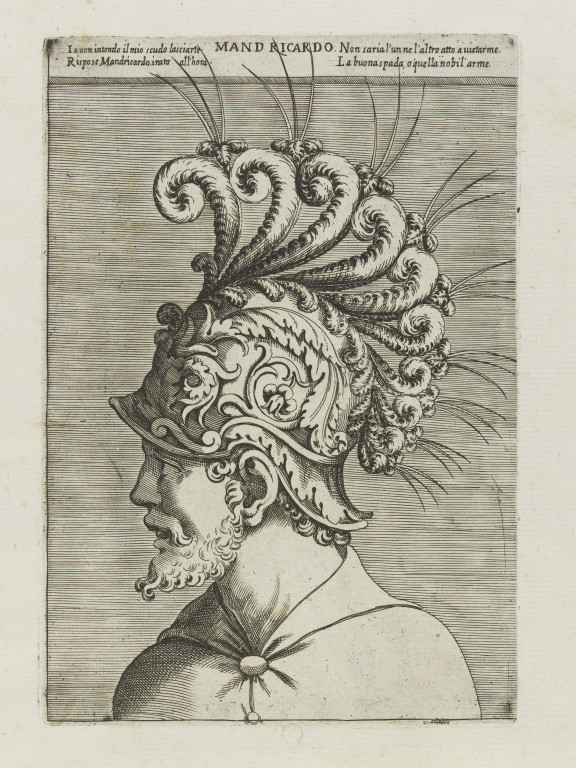
Angelica Kauffman also depicted characters from Orlando Furioso. Here she shows Angelica and Medoro with the shepherdess (seated) taking her lover’s likeness on the bark of a tree.
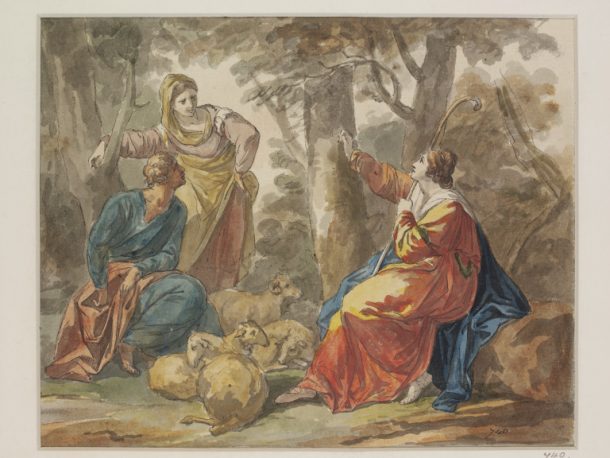
In the 17th century, the courts of Europe were entertained by a variety of musical performances. Operas, often staged to celebrate dynastic events, reinforced political ideologies through their plots and impressed audiences with their complex stage machinery.
‘Roland’ premiered at Versailles, in the stables(!) which had been specially adapted for the occasion.
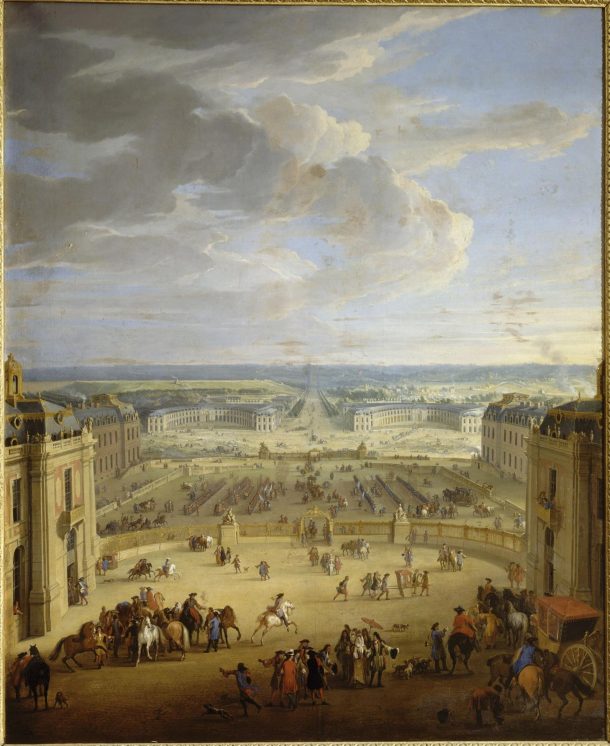
Given the venue and the fact that Louis XIV was founder of the Académie Royale de Musique, it should not come as much of a surprise that the opera opens with an allegorical prologue in which Démogorgon, King of the Fairies, sings the praises of Louis XIV.
The frontispiece is taken as recording this specific staging of the opera. The image was engraved by Juan Dolivar, after a work by Jean Berain who had designed the scenery for the production.
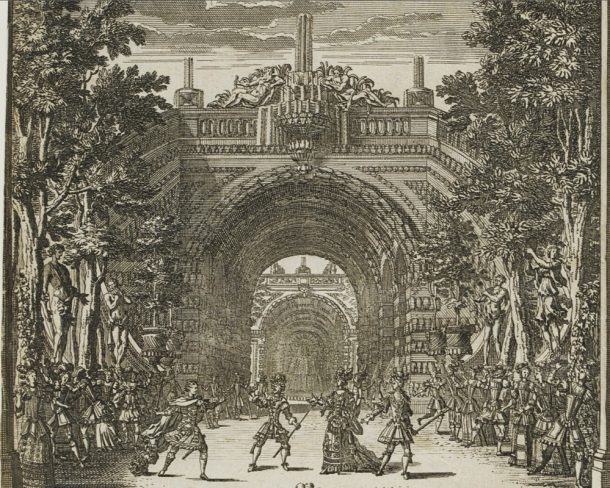
Later that same year, ‘Roland’ was performed at the theatre of the Palais Royal, Paris, and enjoyed great success.
